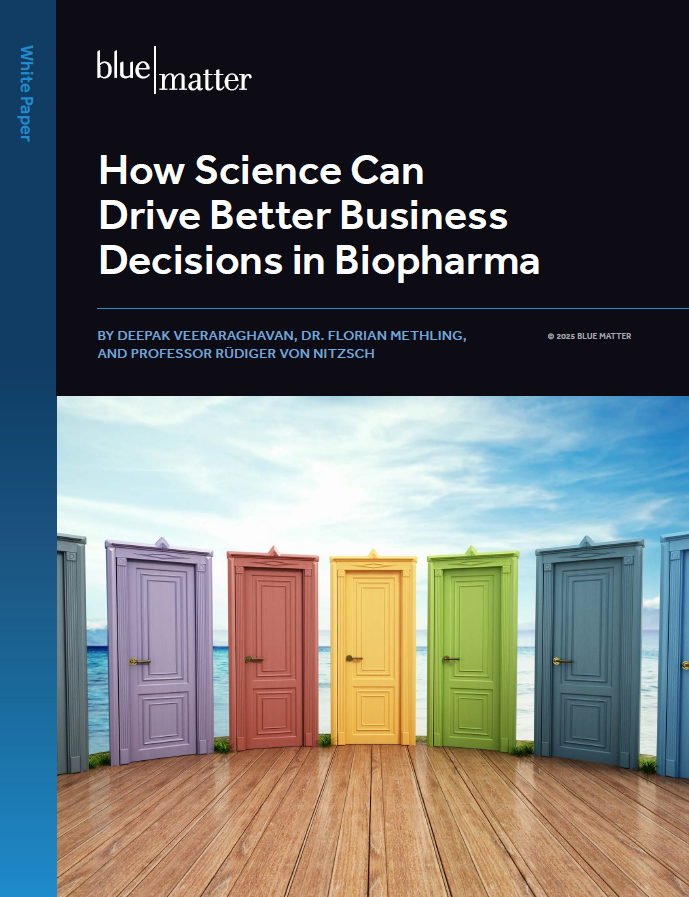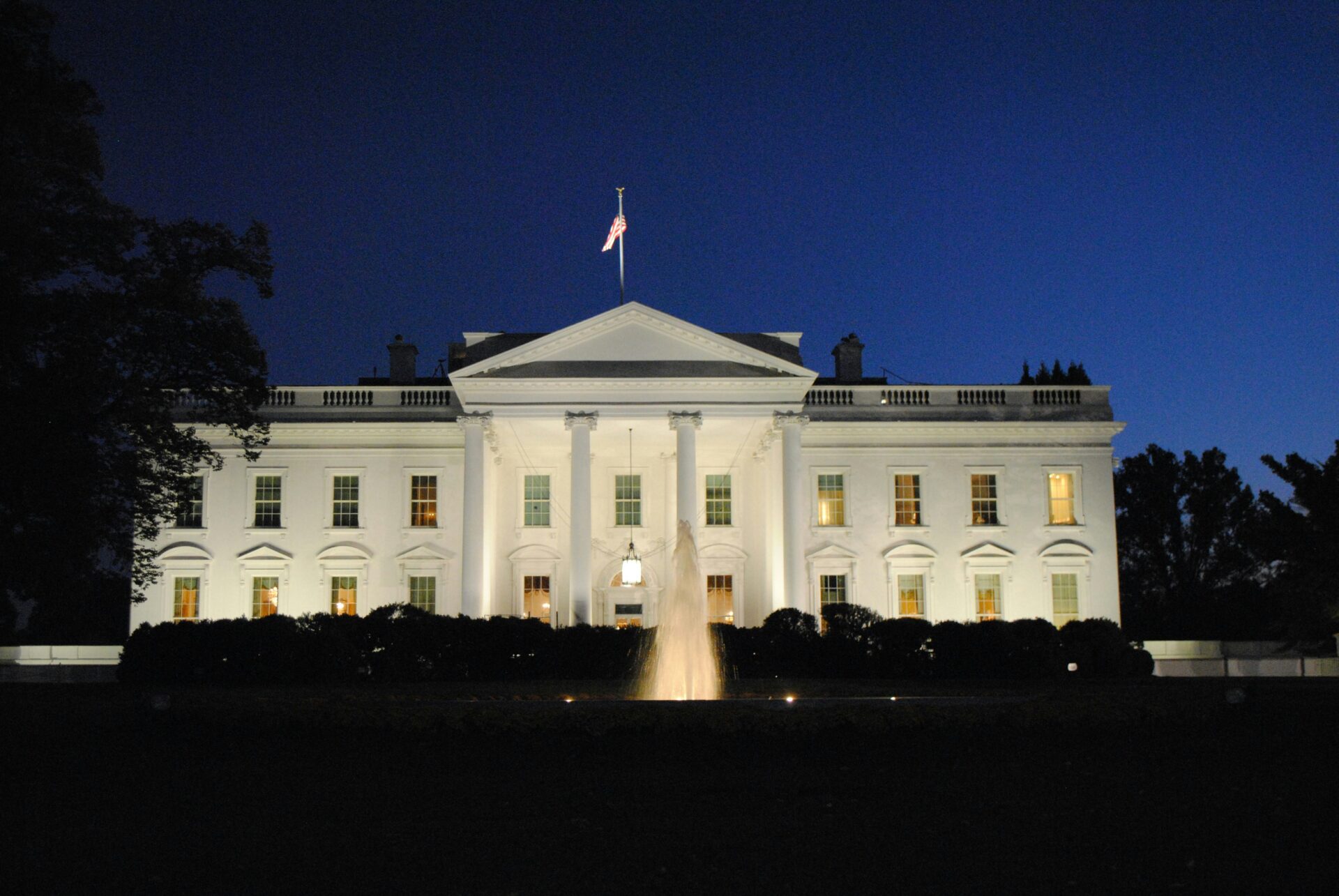
The European healthcare system is constantly adapting to address the increasing cost of innovation in health technology, the changing needs of its citizens, and healthcare budgetary constraints. In 2022, Europe’s market access and health technology assessment policies have significantly changed. Here are three trends we anticipate will continue to impact healthcare pricing and reimbursement policy in Europe in 2023 and the next five years.
Increased Cross-Border Collaboration
In recent years, many countries have joined forces to collaborate in various technical areas, such as Health Technology Assessment (HTA), procurement, pricing, and reimbursement, aiming to improve accessible and sustained access for patients to healthcare.
Several such collaborations have been in place for some time, such as EUnetHTA, Beneluxa, the Valletta Declaration, FINOSE, and IHSI.
This trend does not only apply to Europe as we see collaboration across continents increasing, such as the recent agreement between six HTA bodies from Canada, Britain, and Australia to collaborate on various topics to improve access to healthcare.
The European Commission’s proposal for regulating HTA came into force in January this year and will be phased over several years. Joint Clinical Assessments (JCAs) will become mandatory for orphan drugs in 2028 and all medicines centrally registered by EMA from 2030 onward.
There are currently many uncertainties about the methodology, acceptance and relevance of JCAs to pricing and reimbursement decisions at a national level across the EU, which will impact manufacturers in the future. One thing is sure; manufacturers need to monitor these developments closely and start preparing early. They will need to adapt their market access and product launch strategy (and resourcing) to ensure they can meet the requirements of these collaborations alongside the national HTA requirements in individual markets.
Intensified Drive for Greater Price Transparency
Early this year, the European Parliament called for “more transparency throughout the pharmaceutical system, especially regarding pricing components, reimbursement criteria and the actual (net) prices of medicines in different Member States to ensure fairer prices and bring public accountability to the pharmaceutical sector”.
The question of transparency most often arises for new novel technology or high-priced patent-protected medicines, especially in areas of high unmet need such as oncology. Proponents believe net pricing transparency will lead to increased equitable access to treatment.
Proponents of confidentiality, however, argue that confidential net purchase prices allow suppliers to grant discounts and rebates that benefit both buyers and patients across markets with different economic conditions, abilities to pay, and value-based considerations.
Price transparency in healthcare will continue to be hotly debated in the drive for equitable, sustainable access.
A Focus on Outcomes-Based Reimbursement and Innovative Funding Mechanisms
As biopharmaceutical research continues to make breakthroughs with innovative health technologies, such as advanced therapy medicinal products (ATMPs), the question of how to price and fund these products remains a challenge for healthcare systems, calling for innovative approaches to pricing and funding.
At the forefront of these novel technologies are therapies for rare diseases, which typically have small patient populations and long-term illness-related problems. Discussions of financing novel high-cost therapies inevitably raise the issue of whether the long-term outcomes are worth the cost. Furthermore, uncertainty remains over the long-term clinical effectiveness of “one-time” treatments. This, therefore, presents challenges to traditional modes of payment and reimbursement. Therefore, managed entry agreements, both financial and performance-based, are increasingly being used to address some of these challenges. One recent example is the innovative outcomes-based pricing agreement for a gene therapy medication to treat hereditary eye disease, which was created through collaboration between the Danish Medicines Council, Amgros and Novartis.
In the coming years, the European healthcare industry will have to develop new strategies to address the pricing and reimbursement of ATMPs. This may involve creating a new pricing model tailored specifically to ATMPs, or the broader adoption of a risk-based approach for reimbursement.
Our team keeps abreast of all changes in the healthcare industry to support our clients in preparing for and taking the necessary actions to achieve optimal patient access. We look forward to connecting with you throughout the new year.






